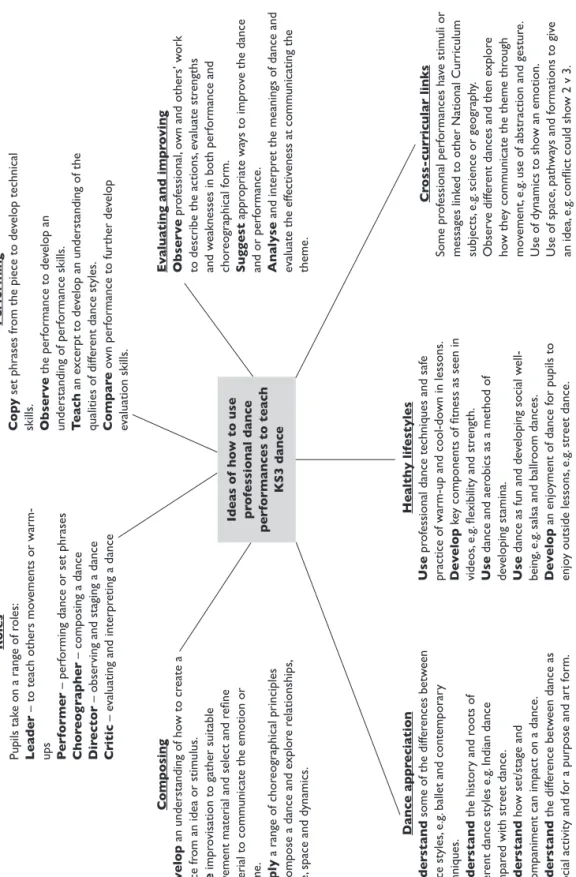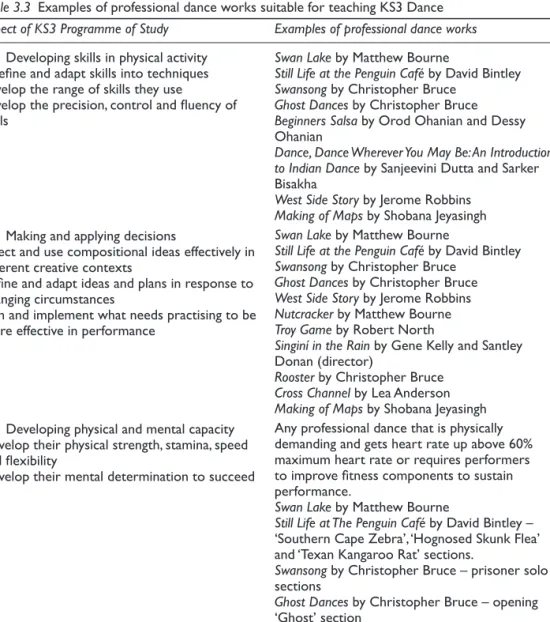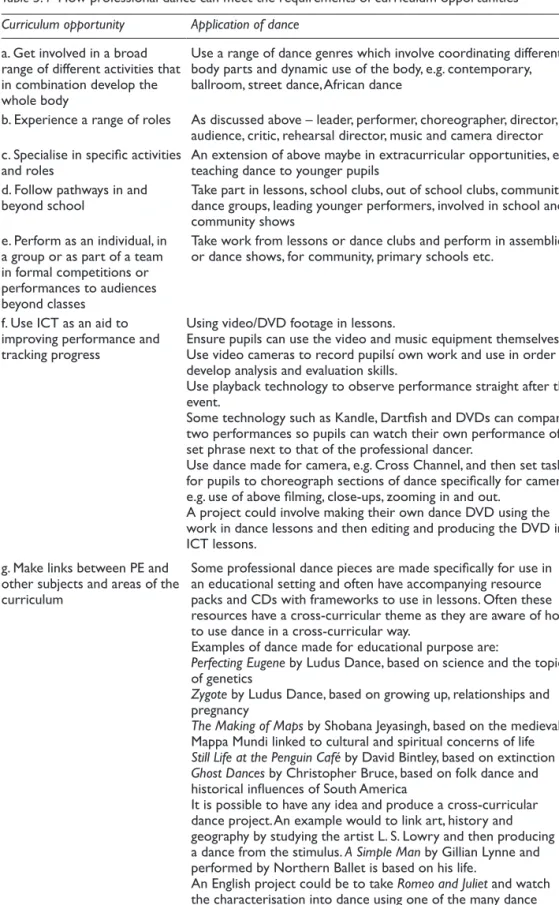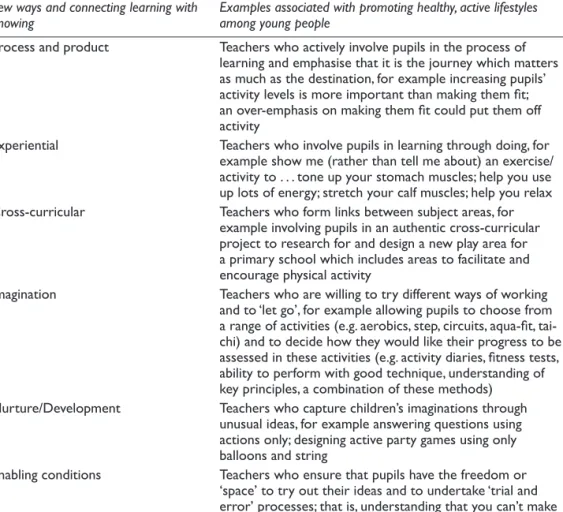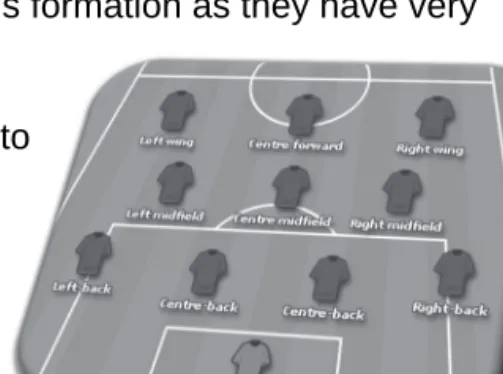Creative approaches to physical education : helping children reach their true potential / edited by Jim Lavin. Lawry Price is Assistant Dean (Learning and Teaching) and Senior Lecturer in Physical Education in the School of Education at Roehampton University.
The creative agenda and its
The contribution of a physical education teacher developing accepted competencies across the entire scope of the NCPE curriculum. London: National Center for Social Research. 1998) "rebuilding the bridge between physical education and creativity", The Journal of Physical Education, Recreation and Dance, May, 25-31.
Creative games at Key Stages 2 and 3
For these students, the creativity teaching approach will allow them to transfer many of the game skills already learned to new and challenging situations. Some production groups may produce a number of games over the course of a unit of work.
Lifelong physical activity includes a wide range of activities, many of which are not traditionally taught in the PE curriculum.
Teaching dance
5 ask the children to practice dance phrases again and take any comments that could help improve the performance of the dance. 4 ask the children to perform a small jump in the air before freezing in one of the positions. Ideas on how to use professional dance performances to teach KS3 dance. Dance assessment understands some of the differences between dance styles, e.g.
Use a variety of dance genres that involve coordination of different body parts and dynamic use of the body, e.g.

Creativity and gymnastics
4 present different and alternative tasks for floor work that will lead to apparatus interpretation of the skills and the challenges that work at different levels provides. 5 Use of free space – Children's awareness of the available space, floor and appliances, becomes more and more significant in relation to how they use it personally and in sharing and collaboration with others. Expansion and tension in body movement and action are increasingly a feature of the work performed, enhancing elements of quality and adding criteria for potential assessment.
Follow-up activities in the classroom can involve children in mapping exercises of their particular apparatus of the day and prompting thinking about alternative structures for the next session.
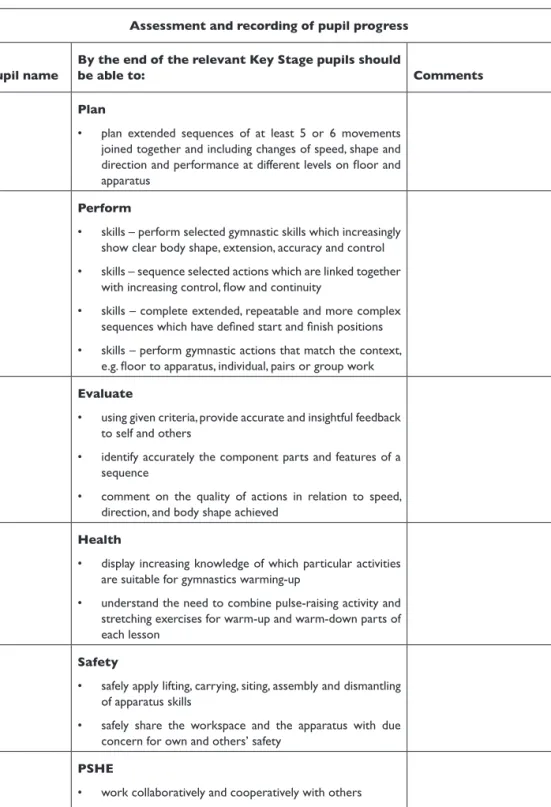
Creative approaches to promoting healthy, active lifestyles
Teachers who appreciate that children need to understand why this is and believe in it by experiencing enjoyable PE lessons where they learn the 'why, how, what and where' of exercise. Stimulating curiosity Teachers who encourage children to think about issues such as increasing well-being and quality of life and the contribution that exercise can make to this in all phases of life. Creative Approaches to Promoting a Healthy, Active Lifestyle 83 All children (5-18 years) should participate in physical activity of at least moderate intensity for one hour a day.
Children should learn a lot about health, exercise and fitness in the curriculum; for example, they need to learn about the benefits of an active lifestyle, how the body functions, where to be active and how much to do.
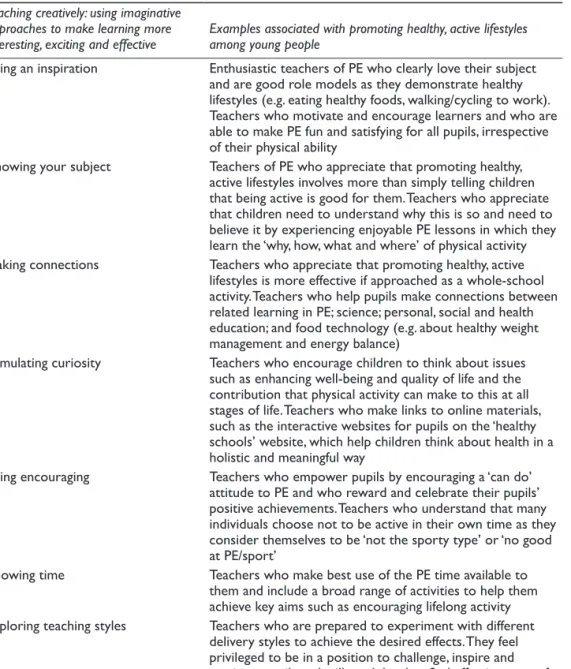
Information and communications technology in physical education
Students are active and curious: they create their own hypotheses, ask their own questions, coach each other, set goals for themselves, monitor their progress and experiment with ideas to take risks, knowing that mistakes and 'getting stuck'. dfeS 2007: 6) another key point for personalized learning is to make experiential assessment student-centred. techniques such as open-ended questions, sharing learning objectives and success criteria and focused marking have a strong effect on the extent to which students are able to take an active role in their learning. Bush highlights 'the potentially crucial role that Trainees and Newly Qualified Teachers (nQts) can play in disseminating good practice in ICT amongst their more 'experienced' peers. You may want to consider features such as: ease of navigation, 'friendliness', graphic design and visual impact, usability and accuracy of content, how it can be used by a PE teacher (eg as a teacher resource or interactive with students) and which Key Stage it is most suitable for.
Key Stage 3 and 4 pupils, particularly those studying GCSe pe, often enjoy interactive presentations in the format of actual game shows such as Who Wants To Be A Millionaire.

The Set-up: Batting Grip
Main menu
Effects of exercise
Bones / Muscles
Circulatory System
GCSE Syllabus
Respiratory System
Resources / References
Click on an image for further information!!
Homework
4 with the improved user-friendliness and accessibility of software video handling and editing packages such as Windows Media Player and Movie Maker, PE teachers are now given a new opportunity to download and build their own video libraries as an additional teaching- and learning resource. 5 the increasing rate of advances in computing power and quality of digital video recording devices, along with falling hardware and software prices, greatly expands the possibility of motion analysis of sports movements and performances.
What is the correct anatomical name for the skull bone?
1 Familiarization and training of ten final year secondary school students from the University of Cumbria in both the use of portable DVD players and a discovery and problem solving teaching style. 2 use of portable DVDs and DVD source by final year trainees in their final teaching practice school (March–June 2007), as appropriate. 4 the production of the case study DVD resource and Cpd's support in its use, for distribution to the University of Cumbria's partner schools.
Some of the comments provided by students include: we managed to train other people, which helped us with our knowledge; we also had good examples instead of teachers.
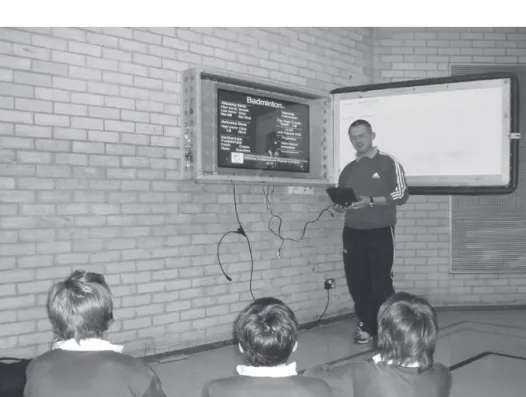
Creativity and outdoor education
In doing so, they will create, albeit unintentionally, a situation where the structure of experience is implicit, as well as the content. Carnival: the preparation of acts for a major one-time event for an audience at the end of. tournament: a series of competitive activities between individuals or teams that. take place in front of the 'king'. Creativity and Outdoor Education 117 and finally following the maternal messenger lantern and a cloak through the misty woods at dusk were all part of the experience of an integrated curriculum year.
For both types of readers, I would like to commend a final consideration of the stages in the creative process.
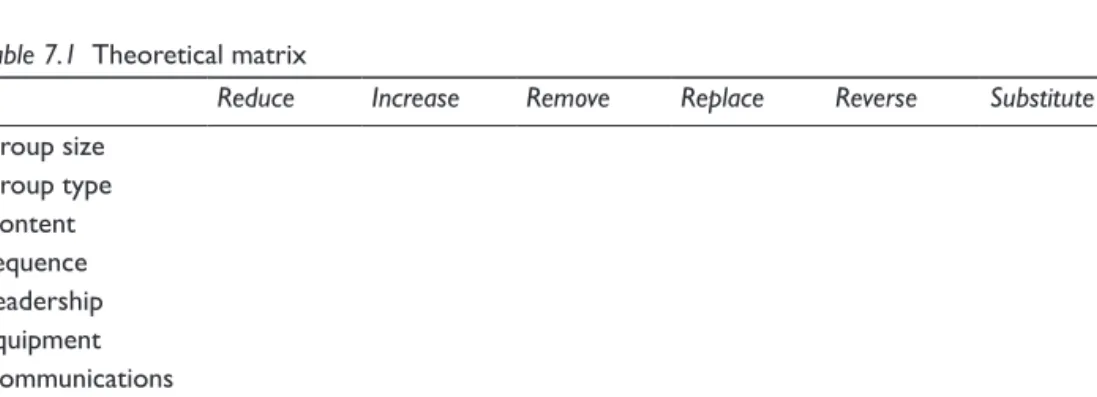
Cross-curricular Key Stage 2 physical education
Dance activities, narrative writing and theme planning. if children can see or experience something for themselves, they are more likely to understand it. if their imagination and natural curiosity is stimulated through dance and movement, it can be used to develop their learning in literacy. this example looks at how reading and writing learning outcomes can be achieved through dance activities using the creative dance process. the purpose of narrative is to tell a story. Narration is essential for young children and their learning. they develop their understanding through stories and use stories to organize their ideas, and to structure their thinking and ultimately their writing. dance drama tells a story and is performed in a narrative style. the story can come from anywhere, but must have movement ideas that can motivate both teachers and students. Curriculum Key Stage 2 Physical Education 139 Digital Photo Trail Activity. the children work in pairs or small groups and receive or pick up a digital photo from a box with a number on it. this digital photo is of an item on the school site. this can be the whole site or part of the site. make sure the children understand the boundaries and the areas outside the playing field, for example where vehicles can drive.). Children travel to the next control panel and continue to follow the digital one. photos until they find the mark that shows their start control mark. the children travel back to the beginning. the main outcome of the lesson, which is a science lesson, would be to ensure that the children can group animals and explain the criteria on which the groups are based. this activity can also support outdoor and adventure activity skills such as:.
-curricular Key Stage 2 physical education 141 the choice and use of appropriate units to estimate, measure and record dimensions. the recording of these measurements can then be added to a database. a math lesson can use athletic activities to achieve the goal above. the children can estimate how far they can throw various objects, for example bean bags and poultry. they throw the object and then measure the distance thrown and record it. A carousel of activities can be set up, for example throwing, jumping and running. the children have to estimate how far they can throw or jump, or how long they can run in a certain time. they then carry out the activity and measure and record the results. however, the learning outcome of the lesson is related to the children's mathematical understanding of estimating and measuring and not to their technique. the athletics lessons as part of their PE curriculum should be used to work on their technique.).
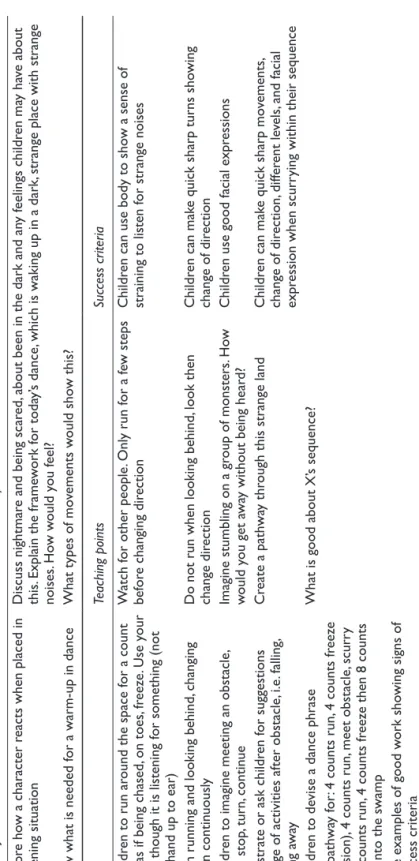
Creativity matters
Creativity Matters 143 This proposal has undoubtedly marked an important turning point in the history of the operation of services (integrated) and, more specifically, has and will have a major impact on the well-being of young people, but the concept is not necessarily new to the pe brotherhood:. the past twenty-five or thirty years have been marked by the gradual recognition of the state for ensuring the physical well-being of children and young people. Girls often struggle with their body image and boys who are less good at traditional sports sometimes feel isolated from their more gifted peers. Identifying and solving problems can be achieved through outdoor activities and adventure activities, for example, although we should not necessarily assume that problem solving is sufficient in itself, but that we empower the children to also take some responsibility for solving the problems instead of just being the passive recipients of the task.
London: Qualifications and Curriculum Authority. 2005) Learning behaviour: Report of the Practitioner Group on School Behavior and Discipline.

